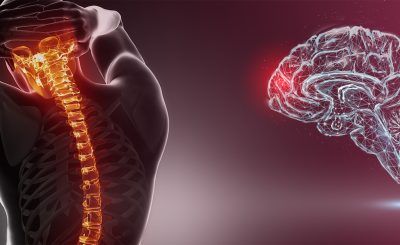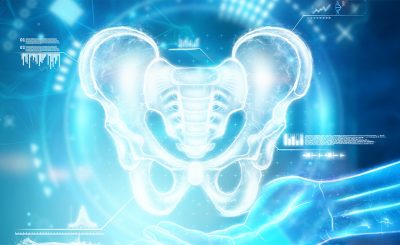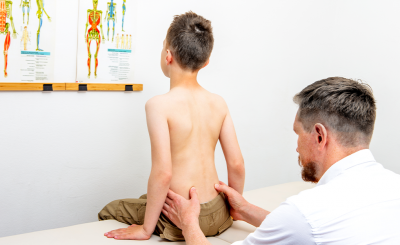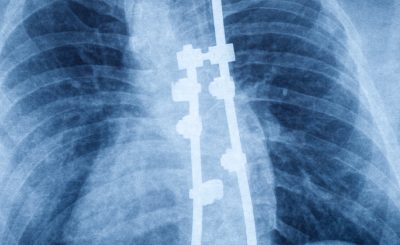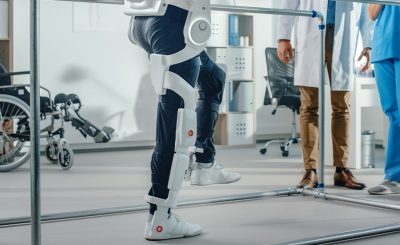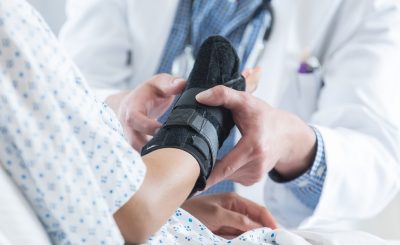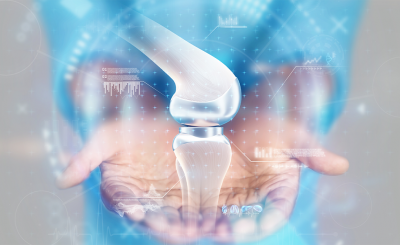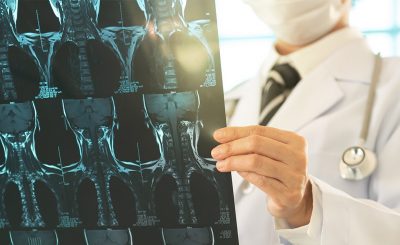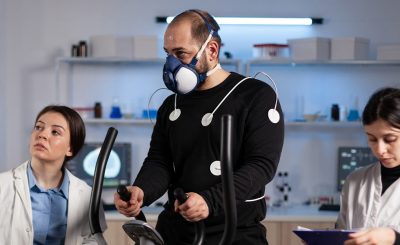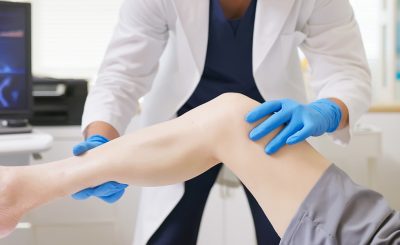- About Us
-
Departments
- Orthopaedics
- Neuro Spine Care
- Scoliosis Center of Excellence
- Sports Medicine & Regenerative Medicine
- Limb Lengthening & Deformity Correction
- Hand Surgery & Hand Medicine
- Rheumatology
- Physiotherapy
- Neurology
- Cardiology
- Vascular Surgery
- Bariatric Surgery
- Home Care
- Nutrition Clinic
- Internal Medicine
- Anaesthesia & Pain Medicine
- Physio & Rehab Centre
- Our Doctors
- Our Facility
- Insurance
- International Patient
- Our Health Packages
- Loyalty Card
- Patient Resources
- Contact Us
If you’ve ever dealt with serious back pain, you know it’s not just “discomfort.” It...
Reading time: 3 min
Pelvic pain is one of those health issues that can creep up stealthily, hang around...
Reading time: 4 min
Adam Vital Hospital: Setting New Global Standards in Spinal Care Adam Vital Hospital, synonymous with...
Reading time: 5 min
Sports injuries are a common concern for athletes, both amateur and professional. When it comes...
Reading time: 11 min
Miraculous Advancements in the Treatment of Spinal Deformities in Children at Adam Vital Hospital Welcome...
Reading time: 3 min
State-of-the-Art Scoliosis Treatment at Adam Vital Hospital Scoliosis is an abnormal condition characterized by the...
Reading time: 3 min
When it comes to the health and well-being of your child, there's nothing more important...
Reading time: 10 min
Are you experiencing chronic knee pain that is affecting your quality of life? If so,...
Reading time: 9 min
Welcome to Dubai's premier neuro-spinal hospital, where cutting-edge care meets compassionate expertise. With a rich...
Reading time: 9 min
Are you an athlete in search of top-notch medical care in Dubai? Look no further....
Reading time: 9 min
Looking for the top orthopedic hospital in Dubai that delivers excellence in orthopedic care? Look...
Reading time: 11 min
Load more posts
About
Adam Vital Hospital is a premier healthcare institution with roots in Germany and a strong presence in Dubai, UAE, since 2011. Recognised as a Centre of Excellence in Orthopaedics, Neurosurgery, Regenerative Medicine, and Sports Medicine, the hospital is known for delivering advanced musculoskeletal care using state-of-the-art technologies and evidence-based practices.
Our team includes internationally acclaimed specialists from Germany, France, the UK, Canada, and the USA, who bring global expertise to every patient interaction. We are committed to providing world-class treatment and compassionate care tailored to individual patient needs.
Accreditations
We are proudly accredited by:
- Joint Commission International (JCI)
- Det Norske Veritas (DNV)
- College of American Pathologists (CAP)
These global accreditations reflect our unwavering commitment to clinical excellence, patient safety, and continuous quality improvement.

